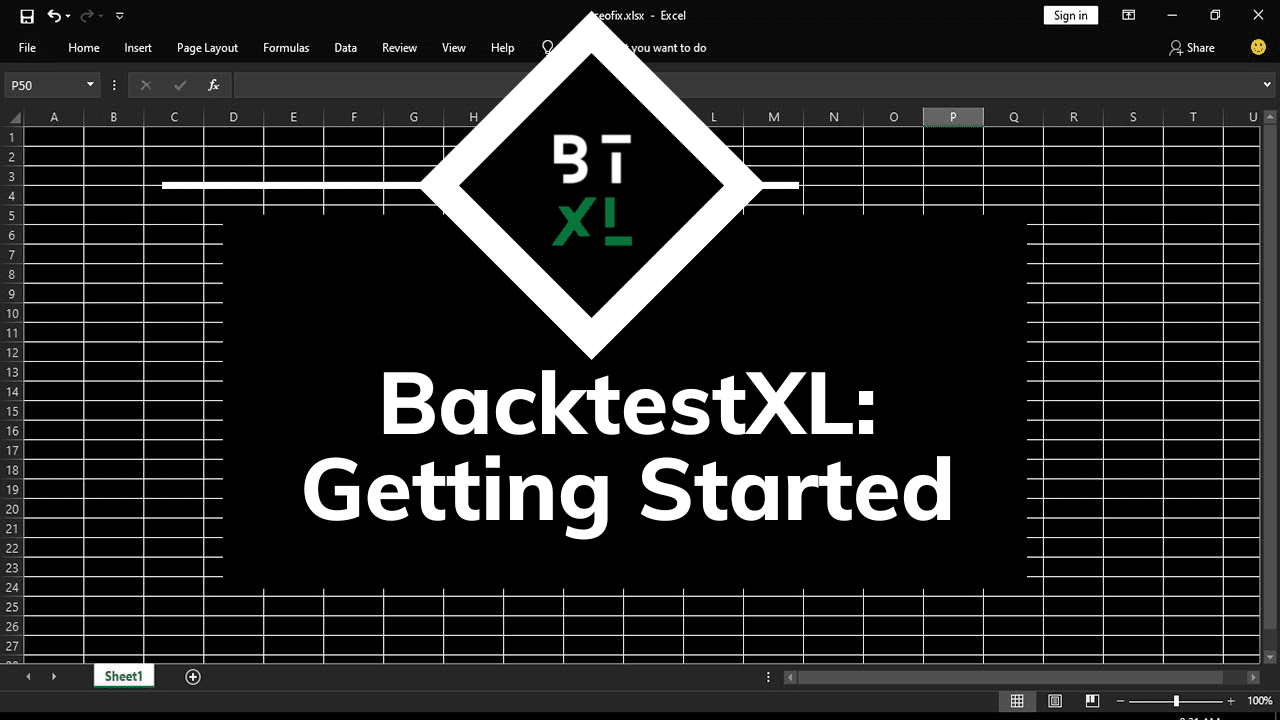Contents
Marty MK
Quantitative Researcher & Developer
With an academic background in economics and financial engineering, in addition to having extensive programming experience, I work as a quant developer at a medium-sized hedge-fund.
Before working as an algorithmic developer, I worked as a mathematical modeler at a boutique consulting firm catering its services to the WB, UN, and the IDB, amongst others.

Recent Articles
What follows is a selection of the most recent articles published. The topics range from the most general questions that are regularly asked to practitioners, to programming articles covering specific tasks.
When measuring the performance of a trading strategy, the Sharpe Ratio stands out as the most widely used metric. This is because it is a straightforward and easy-to-understand risk-adjust return metric. Although the formula is easy to understand, calculating each component is an error-prone task. This […]
Even though BacktestXL is a robust and industry-grade backtesting framework for Ms. Excel, it is quite easy to start backtesting complex trading strategies. This section provides a broad overview that will help most users get started. Backtesting a Simple Trading Strategy To run a backtest, we […]
In this article, we will continue building a backtesting engine from scratch. We will add many features and make many changes, so make sure to read Part 1 of this series before reading this article! As a quick recap, in Part 1 of this series, we’ve […]



